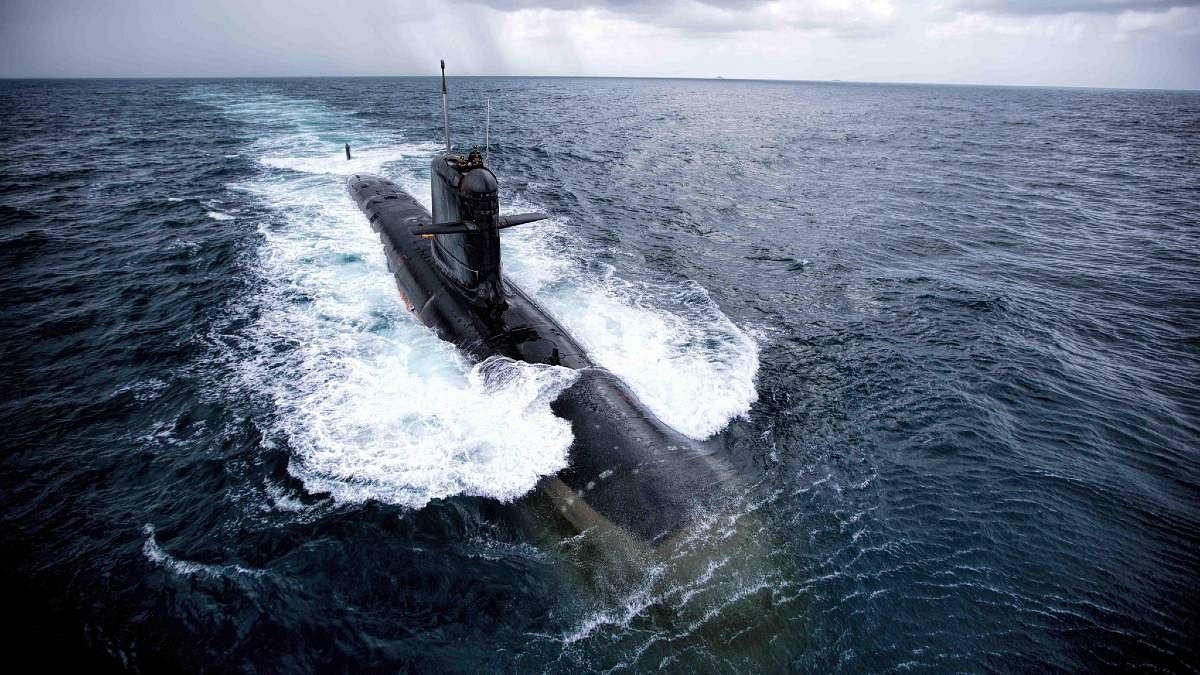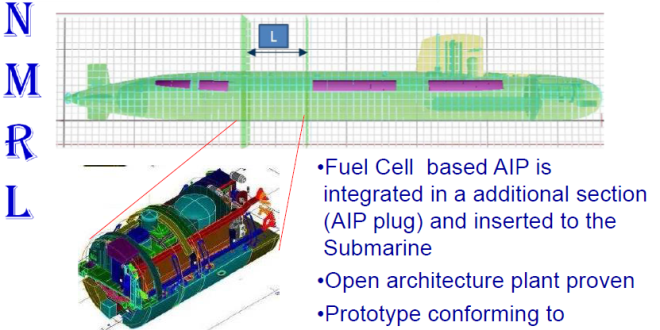Look at the delusions on pdf
@bossman
One of those DRDO PR stunts. Phosphoric Fuel Cell are very dangerous for mobile platforms especially submarines, which are subject to external shocks. I hope they install them on all their submarines. They will make life easier for PN depth charges. The technology has been there for a very long time. If it was relevant for AIPs many other countries would already been using it. Do some research before you celebrate. Taken for a ride by your own people, again!
But actually it's the most advanced how do we stop this slander to our country
The phosphoric acid fuel cell (PAFC) was first developed by United Technologies
Corporation (UTC) in the USA for operation on primary hydrocarbons such as
methane, petroleum products and coal. The oil embargo of the early seventies made
many USA electric utilities interested in pursuing PAFC development for central
power application.
The most suitable operating temperature is at 190-200 °C, since at lower temperatures
the acid is a poor ionic conductor and at higher temperatures material stability of the
carbon and platinum components in the cell is limiting. The electrolyte is highly
concentrated, so can be very corrosive at higher operating temperatures. There are no
water management problems because the water vapor pressure is low, and equilibrium
is achieved between the rate of water removal by the reactant gases and the rate of
water production.
The utilisation of primary hydrocarbons as the fuel source requires that a steam
reformer processing unit be incorporated in the system to convert the primary
hydrocarbons into hydrogen and carbon dioxide. As a consequence, the overall
efficiency is reduced to 40% for chemical to electrical energy conversion. However, the
conversion efficiency of chemical energy to electrical energy plus recoverable heat is
near 80%. The heat produced can be used by the reformers in the fuel processing unit,
or used for process heat or space heating depending on the application of the fuel cell.
External reforming technology has been demonstrated for naptha and diesel or fuel
oils.
Both the anode and cathode consist of platinum electrocatalyst supported on carbon
with a fluorocarbon binder. Initially the electrode performance (especially on the
cathode) was quite sluggish, and needed to be improved. Major effort in this area
brought on the development of appropriate carbon blacks and graphite cell
components. These electrode structures now perform satisfactorily up to 40,000 hours.
As temperature and pressure increase, corrosion stability becomes a problem, therefore
alternative electrocatalysts such as TiC are under examination .
The PAFC is more resistant to CO and C02 (which acts as a diluent) contamination
than the alkaline fuel cell, however the PAFC only offers average cell efficiency.
Operation at elevated temperatures ensures adequate tolerance to small levels of CO
from the fuel processor section and provides useful waste heat. Electrolyte starvation
in electrodes is a significant cause of observed cell decay, so improved electrolyte
management is required with the constant addition of electrolyte to reduce the voltage
decay83
.
The PAFC technology is the most advanced for terrestrial application (see Table 2).
Systems ranging from 1 kW to 11 MW have been designed, built and tested, for both
on-site power and heating applications (12.5 kW and 40 kW demonstrations), and for
utility power generation (4.5 MW and 11 MW demonstrations)24
-
84'
85
.
At present, various American and Japanese utilities are commencing operation of 200
kW units running on reformed natural gas. These are produced by ONSI Corp., a
subsidiary of International Fuel Cells (a joint venture between UTC and Toshiba),
which has 56 world wide orders for these units, the first being delivered in 1992 8





